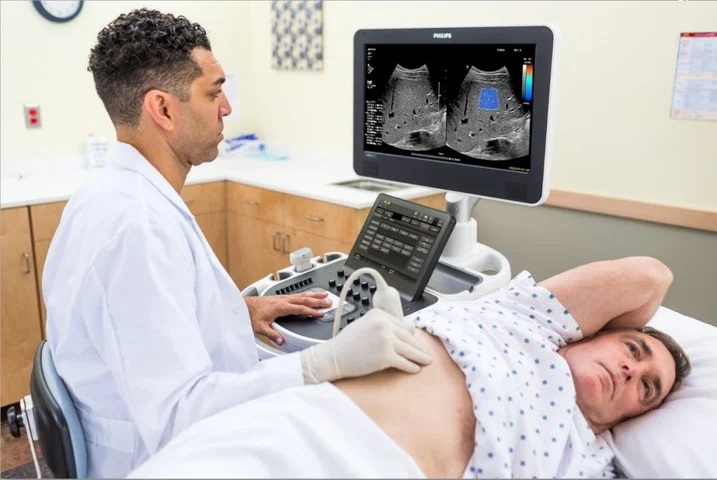What is Liver Elastography? A Comprehensive Guide
The liver is an essential organ responsible for various vital functions in the human body. It plays a crucial role in detoxification, metabolism, and digestion. Therefore, maintaining liver health is crucial for overall well-being. One diagnostic tool that has revolutionized the assessment of liver conditions is liver elastography. In this comprehensive guide, we will delve into the concept, benefits, and applications of liver elastography.
Understanding Liver Elastography:
Liver elastography is a non-invasive medical imaging technique used to evaluate liver stiffness. It measures the elasticity or fibrosis level in the liver, which provides valuable insights into liver health. Unlike traditional liver biopsies, which require invasive procedures, liver elastography offers a safer and painless alternative.
How Does Liver Elastography Work?
Liver elastography employs various imaging methods, including ultrasound, magnetic resonance imaging (MRI), and transient elastography (TE). Each method has its unique advantages and applications. Transient elastography is the most commonly used technique for liver elastography due to its precision and accessibility.
Transient elastography utilizes a specialized ultrasound probe that emits low-frequency vibrations into the liver. The probe then measures the speed at which these vibrations propagate through the liver tissues. By assessing this speed, doctors can determine the liver’s stiffness. Stiffer livers indicate more fibrosis or scarring, which can be indicative of liver diseases such as cirrhosis or hepatitis.
Benefits of Liver Elastography:
Liver elastography offers numerous benefits over traditional diagnostic methods. It has gained popularity among healthcare professionals and patients due to the following reasons:
Non-Invasive Procedure: Liver elastography eliminates the need for invasive liver biopsies, reducing patient discomfort and potential complications.
Accurate Assessment: It provides accurate and reliable measurements of liver stiffness, aiding in the early detection and monitoring of liver diseases.
Repeatable and Cost-Effective: Liver elastography allows for repeated measurements, enabling doctors to track disease progression or response to treatment. Moreover, it helps avoid unnecessary medical expenses associated with invasive procedures.
Applications of Liver Elastography:
Liver elastography has a wide range of applications in the field of hepatology. Some of the key applications include:
Detecting Liver Fibrosis: Liver elastography helps in identifying liver fibrosis at an early stage, allowing for timely intervention and preventing further liver damage.
Evaluating Cirrhosis: It assists in assessing the extent and severity of cirrhosis, a late-stage liver disease characterized by significant scarring.
Monitoring Hepatitis: Liver elastography enables healthcare professionals to monitor liver stiffness in patients with viral hepatitis, aiding in effective disease management.
Assessing Non-Alcoholic Fatty Liver Disease (NAFLD): NAFLD is a prevalent liver condition associated with obesity and metabolic disorders. Liver elastography allows for early diagnosis and helps determine the disease’s progression.
Conclusion:
Liver elastography has revolutionized the diagnosis and management of liver conditions. Its non-invasive nature, accuracy, and cost-effectiveness have made it an indispensable tool for healthcare professionals worldwide. By providing valuable insights into liver stiffness, elastography plays a pivotal role in the early detection, monitoring, and treatment of liver diseases. It is a testament to the continuous advancements in medical technology that aim to enhance patient care and improve overall health outcomes.
